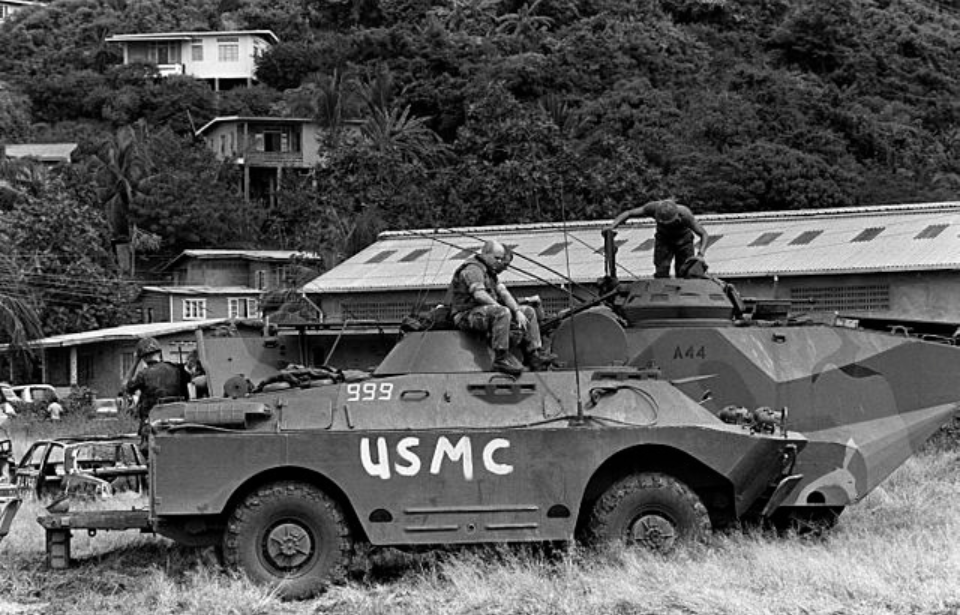When the US military invaded Grenada in 1983, troops were grossly unprepared. Knowing little about the country, officials had to get inventive in order to begin the planning process. While the military was successful in its overall mission, despite the controversy it caused across the world, Grenada outlined organizational downfalls that desperately needed to be addressed.
Grenada is overthrown by communists
When Grenada declared independence from the United Kingdom, it was led by Prime Minister Eric Gairy. When Gairy came to power, he was known to use his violent “Mongoose Gang” to attack political opponents, which created civil unrest and a highly-charged political situation.
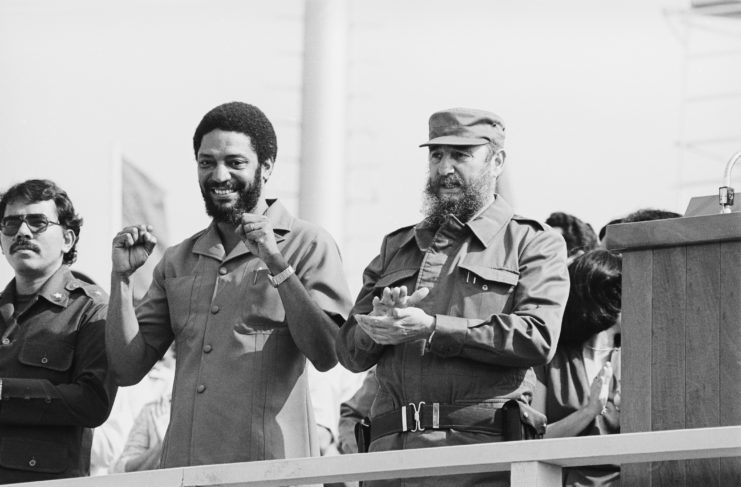
A staunch opposer of Gairy was Maurice Bishop, who successfully overthrew Gairy’s government and became the new communist leader of Grenada. Under his leadership, the country’s relationship with communist-led Cuba strengthened.
Point Salines Airport
Shortly after he assumed control of the country, Bishop collaborated with Cuba to create a large airfield – Point Salines Airport – at the southern tip of Grenada. Its purpose was initially said to be in support of the country’s tourism, but US policy circles thought it suspicious, considering there weren’t hotels or resorts being constructed, like one would expect. As well, the airfield was just large enough to support Soviet aircraft.
It was all too fishy.
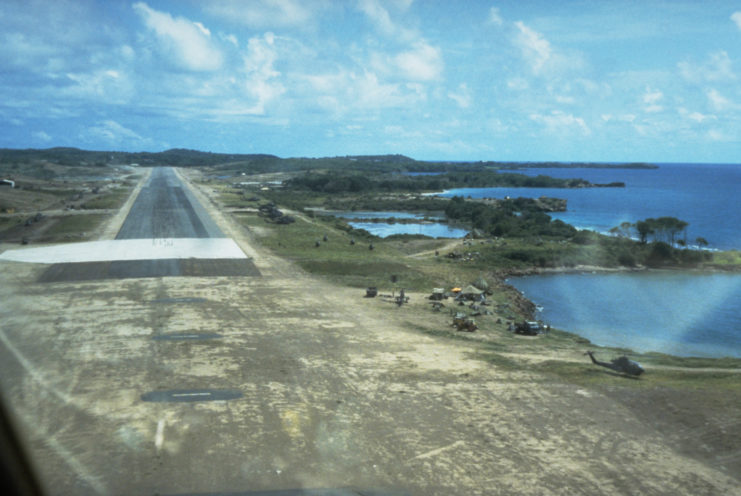
It wasn’t long before Bishop had an opposer of his own. Fellow Marxist Bernard Coard believed his intentions were no longer true to the communist manifesto and had Bishop assassinated, after which he took his place as leader of Grenada. However, Bishop had a significant following prior his assassination and protestors opposed the new government, escalating violence in the country.
Fears of an Iranian hostage crisis 2.0 arise
At this point, US President Ronald Reagan was aware of the political unrest occurring in Grenada. He also knew that the country served as a strategic location for the Soviet enemy, as it, Cuba and Nicaragua formed a triangle through which any NATO reinforcements from the US would have to pass through.
In addition to the geopolitical threat, there were also approximately 650 American medical students studying in Grenada, and a total of 1,000 US citizens on the island nation, who were exposed to the violence that was breaking out. The Iranian hostage crisis had come to a resolution four years earlier, during which American hostages were held captive for 444 days.
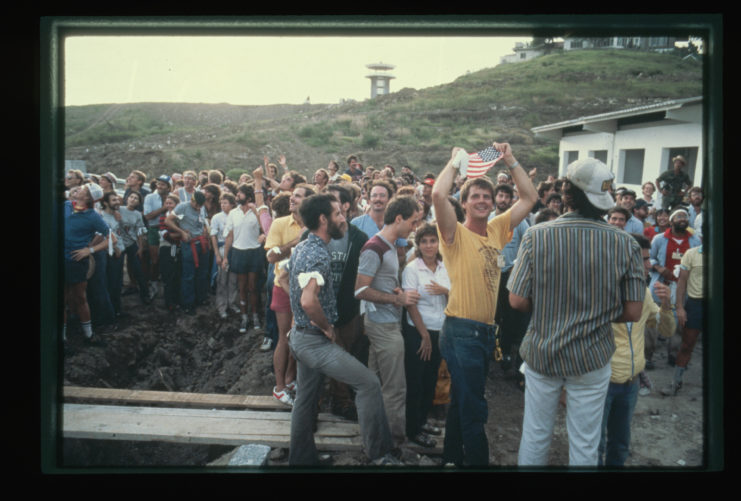
The situation haunted Reagan as he learned about the ongoing unrest in Grenada, and he had no intention of letting something like it happen again. He immediately called for the US military to prepare Operation Urgent Fury.
Preparing for Operation Urgent Fury
Thinking their deployment was in relation to the truck bombs that had detonated in Beirut, Lebanon, killing 241 American servicemen, senior leaders were surprised to hear they were preparing to invade Grenada. Knowing little about the country, they needed to figure out a way to gather intel.
Insight into the country came in an unconventional form. A staff officer traveled to downtown Fayetteville, North Carolina to pick up tourist maps of Grenada. When he returned, personnel took the maps and drew military gridlines for reference.
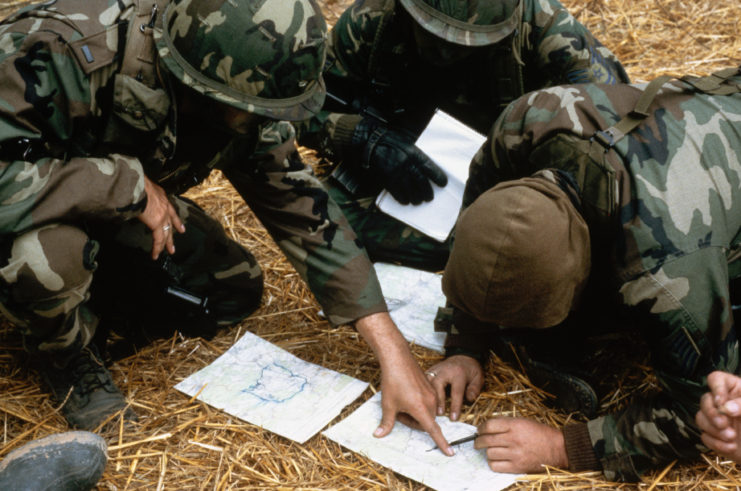
The newly-constructed airport was not included on these maps, so it had to be drawn to outline the current infrastructure in the country – drawing on the maps was how the US was going to plan the invasion. Satisfied with the edits, officials photocopied the maps and handed them out to troops.
In addition to the hand-drawn military maps, officials also bought several copies of The Economist, as they knew little about the goings-on of Grenada and the magazine offered the quickest and most convenient intelligence on the country.
The US invasion of Grenada begins
When the invasion began, communist Grenada was pretty much on its own. Despites its political operations being aligned with the USSR and the Brezhnev Doctrine outlining that any country to become communist would remain so with the help of the Soviet Union, Grenada received no aid. Beyond a few Cuban engineers there to build the airport who were also willing to take up arms, the country received no outside help.
It was the small People’s Revolutionary Army against the huge US military.
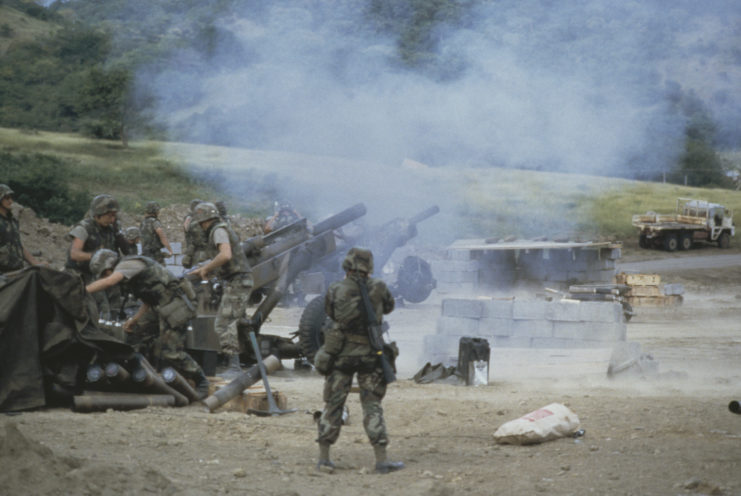
The US military invaded with full force. Navy SEALs targeted Point Salines Airport, with the 75th Ranger Regiment (Army Rangers) conducting an air assault to help capture the airport. While Delta Force worked to liberate political prisoners, Marines made a night landing on the opposite side of the island to remove pressure from the SEALs at the airport. The 82nd Airborne Division Artillery rescued the American medical students, and infantrymen fought and captured the main Cuban compound.
All factions were grinding out the invasion and the Grenadians had no chance. Any last defenders either deserted or surrendered, and the entire operation took only a few days. Coard’s government collapsed, and after the invasion, the US installed a democratic government they were satisfied with.
With success came many downfalls
Despite the overall success in rescuing the medical students and liberating Grenada from its corrupt communist dictatorship, the US military experienced a number of issues. They were at a disadvantage having to use tourists maps and The Economist to provide intel, and, without any additional knowledge, they lacked planning capabilities.
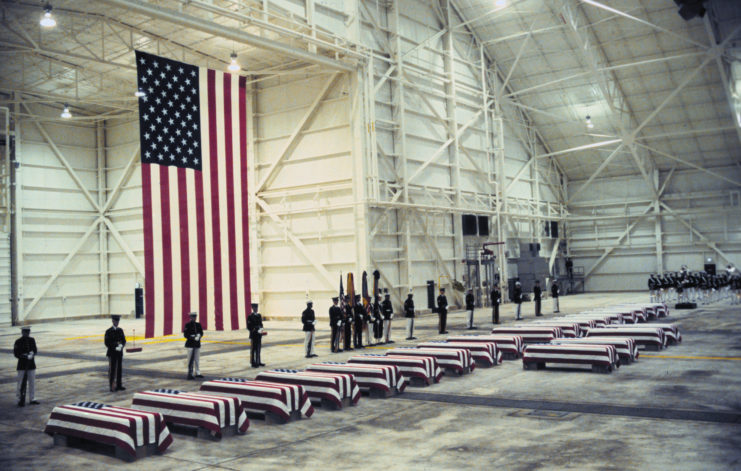
More from us: The Battle of Castle Itter Saw Germans Team Up with the American Forces
There were also communication issues that plagued the invasion. Different services were unaware of their counterparts plans, causing unnecessary confusion. Artillery, naval gunfire and close-air support missions collided and killed a number of friendly support forces, while a general lack of coordination left some SEALs lost at sea and Rangers, behind.
While the military had accomplished what President Reagan had set out to do, it came at a cost. As such, the Goldwater-Nichols Act was established to help reorganize the chain of command at the Department of Defense, so to avoid unnecessary confusion in future endeavors. This was effective, as the US Army proved far more prepared for its next invasion – Panama in 1989.
